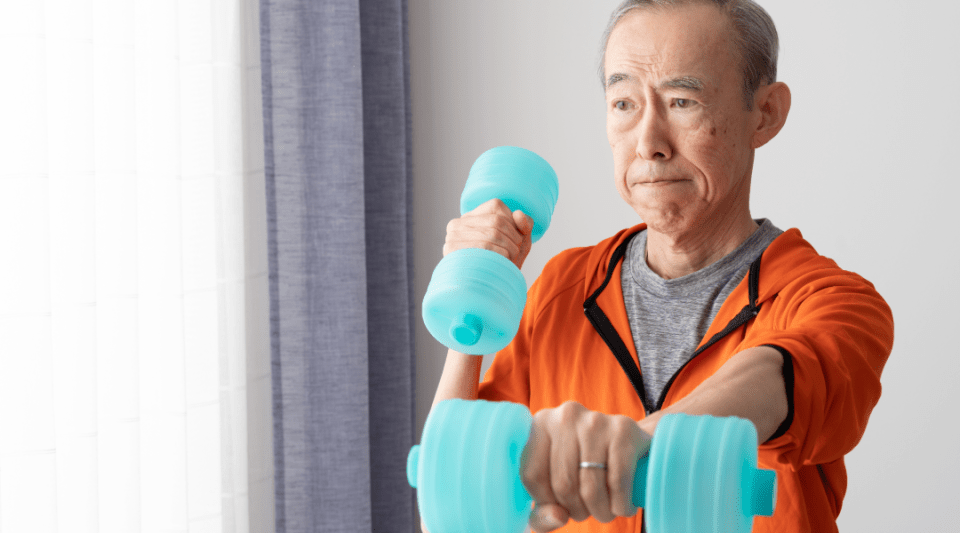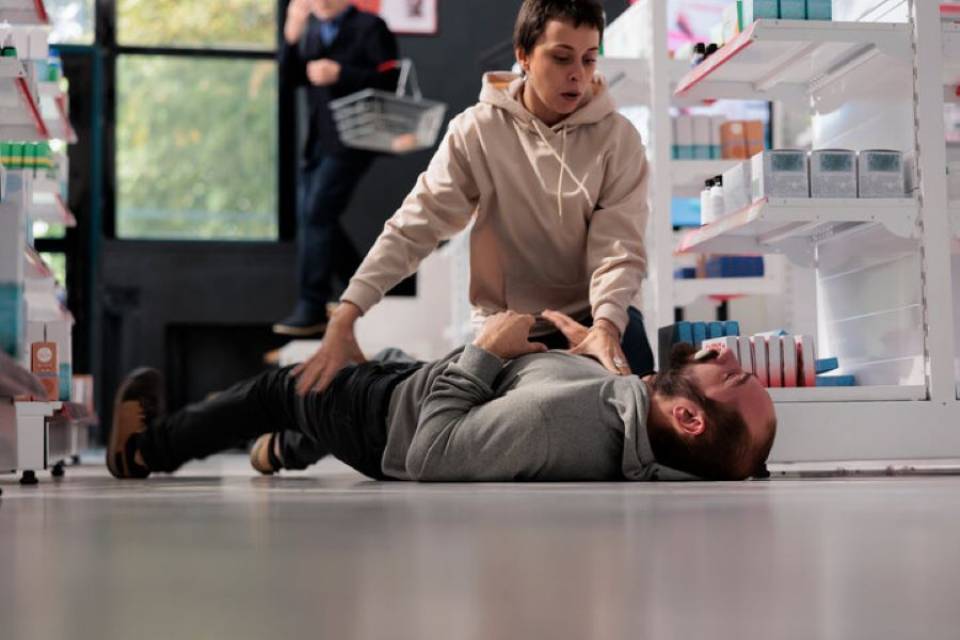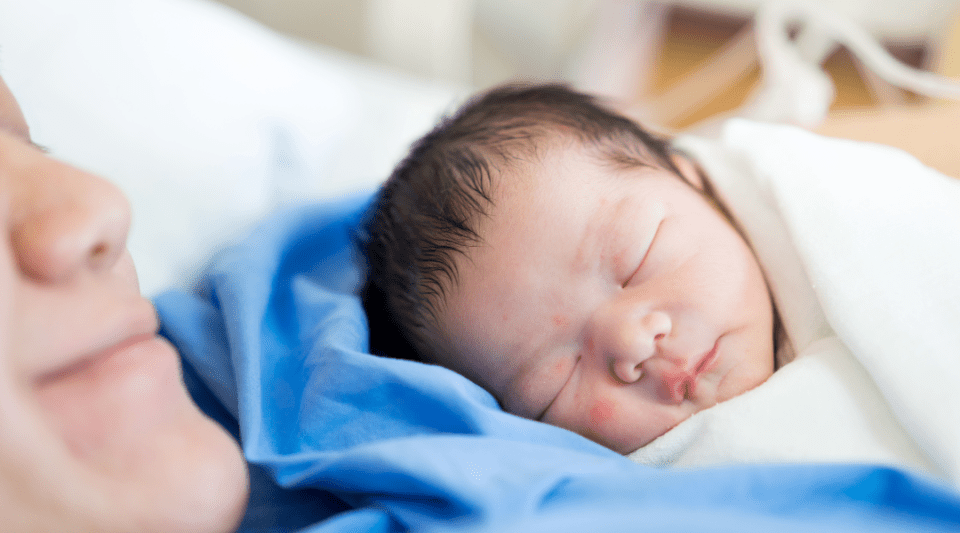There is an increasingly ageing population due to an increase in life expectancy. According to data from the Catalonia Institute of Statistics, (Idescat), 22.3% of the population will be over 65 years old in 2030. Falls are very frequent in this population group. Over 30% of people over 65 years of age will have a fall per year; and this figure increases to 50% in those over 80 years of age.
The risk of falling increases with age and injuries caused by a fall can be serious and diminish a person's autonomy. In fact, the biggest consequence of a fall is suffering a fragility fracture. The most common fractures are those of the wrist, femur and vertebrae. Such injuries have a substantial impact on individual well-being, leading to serious physical and psychological consequences and affecting the quality of life.
Measures to prevent fractures
Many factors cannot in fact be changed, such as advanced age or female sex. However, there are others where action can be taken to prevent fragility fractures:
-
Firstly, one of the most effective measures is to prevent falls. Most falls can be prevented by making certain changes in homes, such as improving lighting and removing carpets, cables or other obstacles. It is also important to wear appropriate footwear, which is closed at the back and supports the foot well, or technical walking aids such as canes or walkers can be used. Finally, handles should be installed in the bathroom to promote the mobility of older people and help them avoid certain hazards that may trip them up.
-
Adequate nutrition is also important to prevent fractures in the event of a fall. Some of the main nutritional recommendations are: ensuring sufficient protein, vitamin D, calcium and iron intake, promoting good hydration and helping to maintain an optimal nutritional level while promoting muscle mass.
-
Finally, performing regular physical exercise is also recommended. Strength, balance, aerobic training and flexibility exercises should be performed, depending on the capabilities and limitations of each person.
These simple but effective actions can improve the quality of life and reduce the risk of future injuries, and should thus be better known by the public. Awareness and prevention campaigns, such as the one that took place in the last edition of the Clínic Obert by the Orthogeriatrics Unit are crucial to reaching the most vulnerable population. Emphasis should be placed on such prevention measures to reduce risks in each case and prevent fractures.
INFORMATION DOCUMENTED BY:
Magalí Amat, physiotherapist; Dr. Aina Capdevila, internal medicine specialist; Anna Isabel Jordan, nurse specialist in geriatrics; Inés Poveda, nursing coordinator; Irina Ruiz, nutritionist. Orthogeriatrics Unit, Seu Plató. Orthopedics and Traumatology Service and Internal Medicine Service. Hospital Clínic Barcelona.






